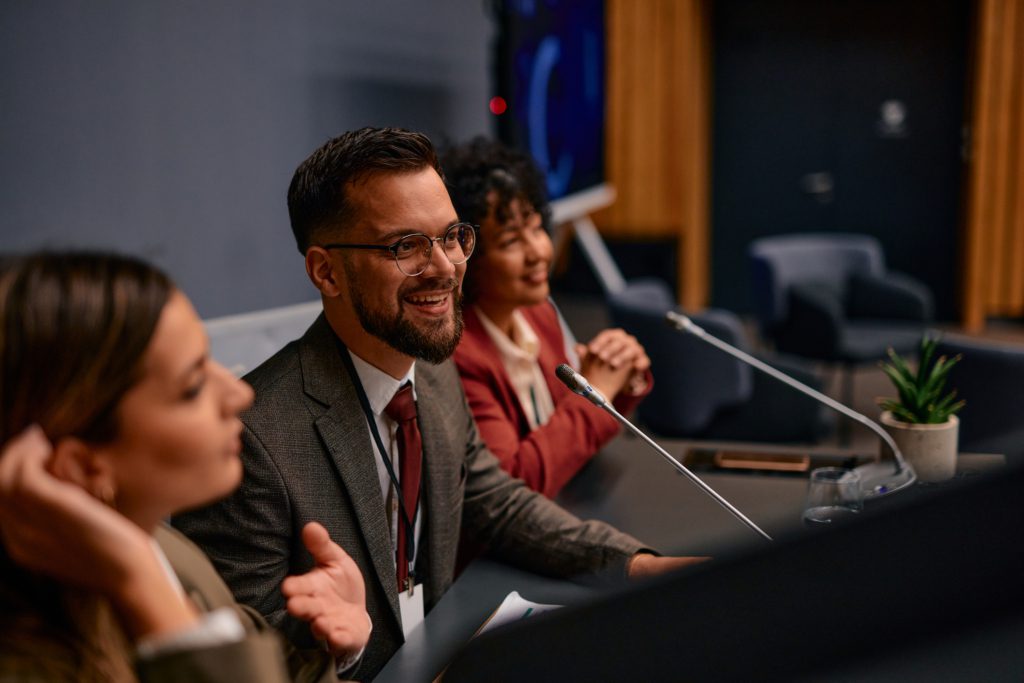Trending research + insights
Filters
Oh no! There are no exact matches for your search results
See similar results below, or try adjusting your filters.


Article
How to Strengthen Caller Verification When STIR/SHAKEN Falls Short
December 5, 20254 minutes read time

Article
A Smart Start: Why the AI Fraud Deterrence Act is a Promising Proposal for Financial Security
December 4, 20254 minutes read time
Case Studies
View all
Case study
One Year Later: Michigan State University Federal Credit Union Minimizes Fraud Exposure by Millions
December 1, 20257 minutes read time

Case study
Fortune 500 Insurer Detects 97% of Deepfakes and Stops Synthetic Voice Attacks with Pindrop® Pulse
September 26, 202514 minutes read time

Case study
Pindrop® Pulse Helps Leading U.S. Insurer Protect Against AI Threats
September 24, 202511 minutes read time
















